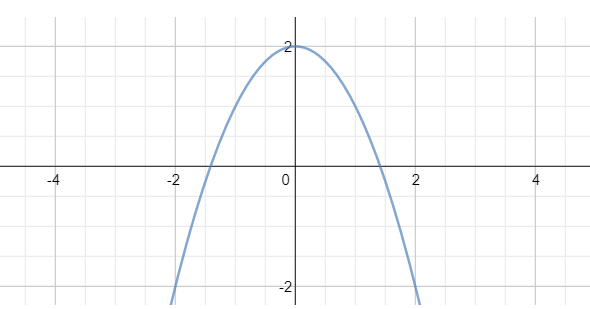If the following graph is of a function #f(x)#, how will the graph of (i) #f(x+3)#, (ii) #f(x)+3#, (iii) #-f(x)# and (iv) #1-f(x-3)# appear?

1 Answer
Jan 4, 2017
Please see below.
Explanation:
The graph appears to be of a parabola
graph{-x^2+2 [-5, 5, -2.5, 2.5]}
(i)
graph{-x^2-6x-7 [-5.896, 4.104, -1.9, 3.1]}
(ii)
graph{-x^2+5 [-10.775, 9.225, -3.76, 6.24]}
(iii)
graph{x^2-2 [-10.73, 9.27, -2.2, 7.8]}
(iv)
=
graph{x^2-6x+8 [-7.77, 12.23, -1.72, 8.28]}
